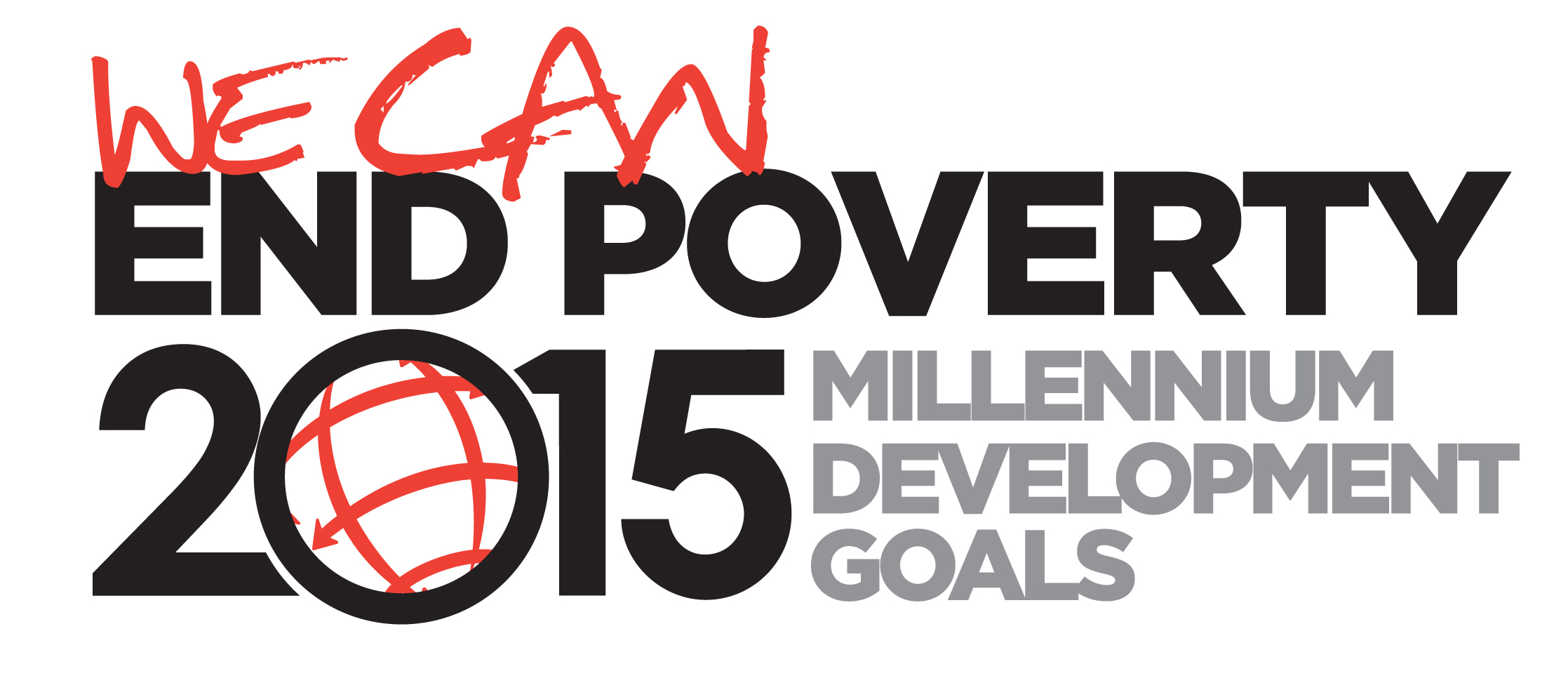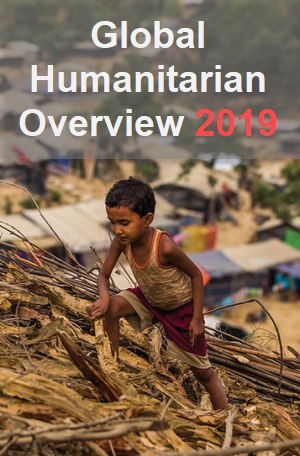Global Humanitarian Overview
Over the past year, Royal Group Charity Foundation has been to 14 countries where people are caught up in major conflicts and disasters. Royal Group Charity engaged with parents who did not know where their children’s next meal would come from. We experienced families forced to run away from their homes and walk for weeks to find safety from armed conflict or persecution based on their ethnicity and religious beliefs. We listened to survivors of natural disasters whose homes and livelihoods have been destroyed. And heard from people who have somehow managed to survive the most brutal horrors of war and who continue to hold out hope for peace and a better future. We are witnessing extremely high levels of humanitarian need even as global wealth is higher than ever before. The Global Humanitarian Overview provided, for the first time, an analysis not just of how many people need humanitarian assistance, but a clearer understanding of why. Despite global economic gains, 10 percent of the world’s people are still living in extreme poverty. At least 2 billion people worldwide live in areas affected by fragility, conflict and violence, where the intersection of poverty, high population growth, environmental degradation, natural hazards and protracted conflict leave them especially vulnerable. In 2019, nearly 132 million people will need humanitarian assistance and protection, the majority because of the impact of conflict. The United Nations and partner organizations aim to assist nearly 94 million of them. The humanitarian response plans outlined in this year’s Global Humanitarian Overview are the result of in-depth, country-by-country analysis of the most comprehensive data available. Funding requirements are projected to be comparable to last year. While some crises have escalated, this year we also have better prioritization of the most vulnerable and severely affected people, and a stronger coordination with development partners to ensure a focused humanitarian response. Despite the challenges, the humanitarian system is more effective and impactful than it has ever been. We are better at identifying different groups’ specific needs in crises and quicker to respond when disasters strike. Response plans are more inclusive, comprehensive, innovative and prioritized. We have a better picture of needs and vulnerabilities. And we have dedicated networks in more than 20 countries to protect people from sexual exploitation and abuse. All of these factors allow us to design effective responses that save lives and protect livelihoods. Humanitarian aid cannot replace long-term political and development solutions that people in crises so desperately hope for. That is why we are working to mobilize the will, skills and creativity of the global community to end crises and promote development to help people become more resilient to those that can’t be avoided. In 2019, multi-year humanitarian plans and strategies are in place in 12 countries, which allow for greater alignment of humanitarian and development interventions, a focus on building resilience while meeting essential needs, and working together towards common medium- and longer-term objectives. Improved coordination between humanitarian and development partners is delivering results. In September 2018, the World Bank, the United Nations and cutting-edge technology partners launched the Famine Action Mechanism. The aim is to predict crises before they happen, and to trigger earlier funding for actions that may prevent them altogether. None of this would be possible without the thousands of aid workers and volunteers around the world, and the humanitarian organizations, governments and donors who make this life saving work possible. Royal Group Charity remains dedicated in doing it’s work around the world to fight the cause.










